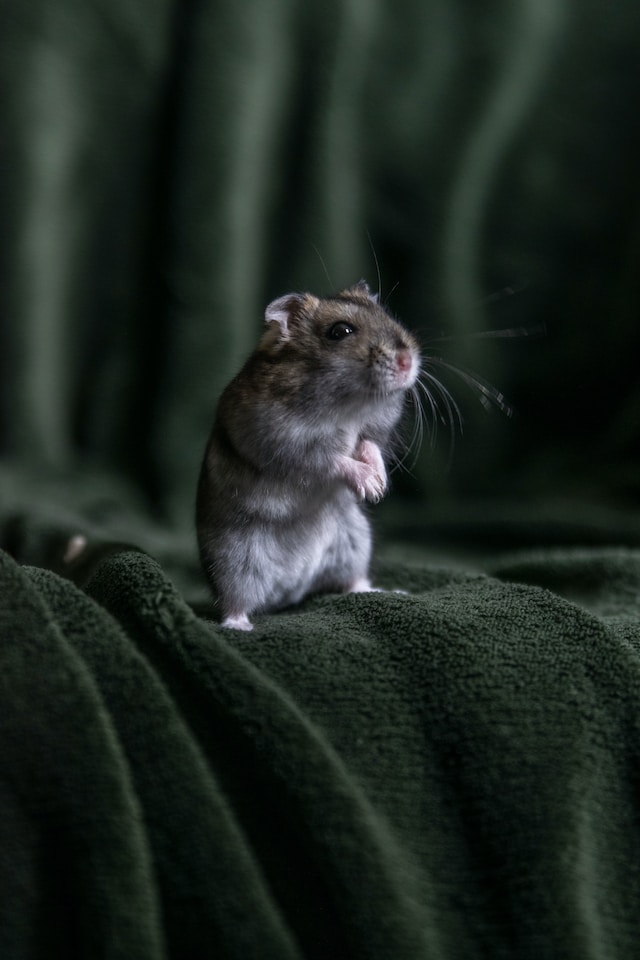When it comes to the furry, scurrying creatures that invade homes, lawns, and gardens, there are many species. But the most common offenders are mice and voles. They look similar at first glance, but a few key differences will help you identify which rodent is infesting your home or property. This will ensure you can use the appropriate control methods to rid your property of the critter.
Physical Appearance
The physical appearance of voles and mice can often make people mistake them for each other. However, they are not the same creatures, and identifying them correctly is essential to get rid of them for good. The most apparent difference between vole vs mouse is their body size. Voles are stockier than mice, with shorter tails and rounder bodies. This makes them easier to spot, even shy and nocturnal. The short fur on a mouse’s tail also gives it a more hairless look, which is not typical of voles. While voles occasionally tunnel underground, they more commonly create narrow paths of protruding dirt known as runways in lawns and other grassy areas. The damage these invasive rodents cause can quickly make your yard look worse than ever before.
Habitat
There are a lot of critical differences between voles and mice, but the most important one is their habitat. Mice are found more inside homes and other buildings, while voles prefer to be outside, where they can dig burrows in your yard or garden. They also have different diets, with mice being omnivorous while voles being vegetarian. Their favorite foods are grasses, stems, bulbs, roots, and tubers. Both animals can cause a lot of damage to your lawn and garden. However, voles are more destructive than mice, as they create runways in the grass where they tunnel through it to travel underground. They also eat woody plants and the bark of trees. This can ruin your garden and kill young plants. If you see a strip of chewed bark around the base of your shrubs and trees, that’s a sign that you have a vole problem.
Diet
Voles are rodents that can damage trees, lawns, and gardens. They eat grasses, herbaceous plants, bulbs, tubers, roots, and bark. They sometimes wrap small trees, killing them. They also dig holes, gnawing on seeds and bulbs. A 4-foot-diameter circle around the base of young trees or vines free of vegetation and a buffer strip 4 feet or more along a row of trees can reduce problems with voles. Depending on the species, these voles may nest underground in burrows or rocky crevices. They live year-round, and most are active by night and day. They produce 5 to 10 litters yearly, with 3-6 young per litter. Each pup is born blind, and its mother feeds it for 21 days. The pups become independent by the 21st day and leave the family territory.
Behavior
Voles exhibit several behavior patterns that differ from mice. For example, they tend to be more thermophilic than mice and will stay in locations with cover, like grassy areas and next to a structure. They also have a stronger bond with their partners than many other mammals. Female voles mate with the same male each year, and this bond is often strong enough to survive even when their partner dies. Voles also display different behavioral responses when they encounter predators. Some freeze, avoiding the threat, while others flee, running frantically to escape it. Fleeing can be triggered by various stimuli, including sound and odors or predator taxidermy.




